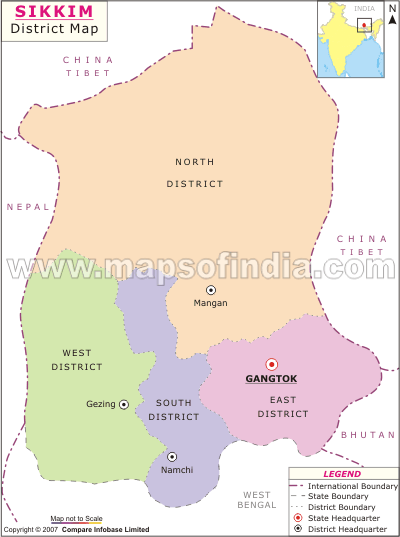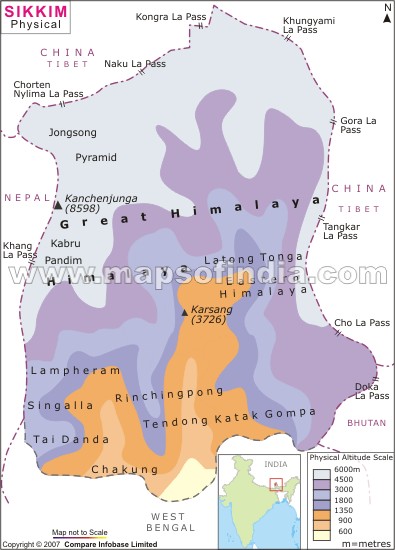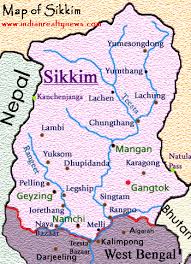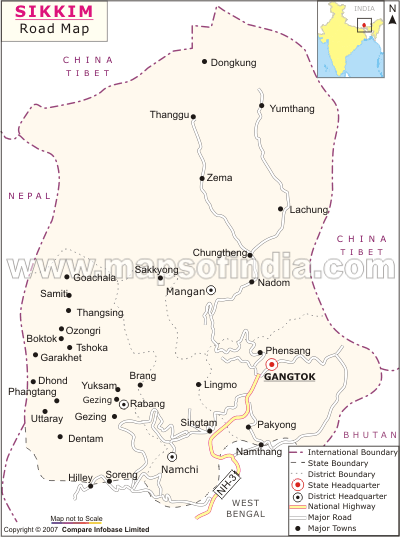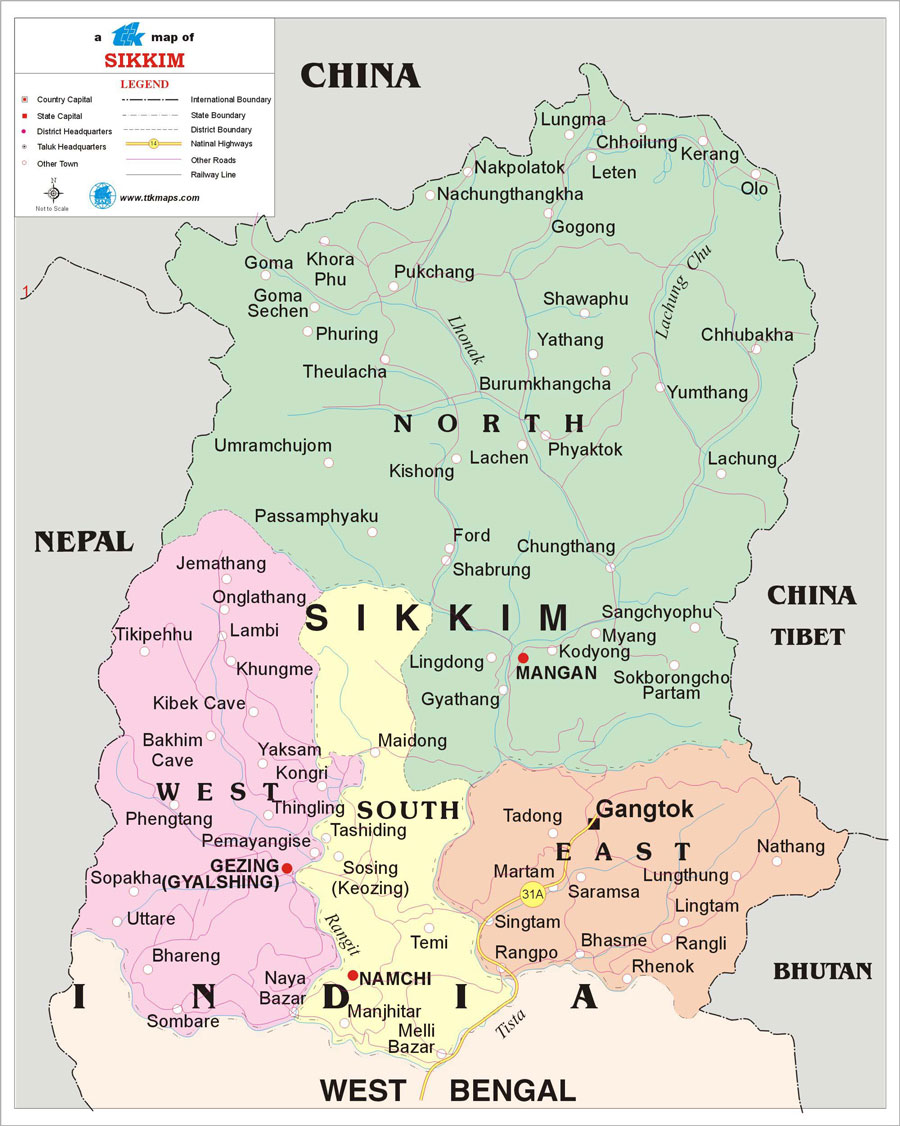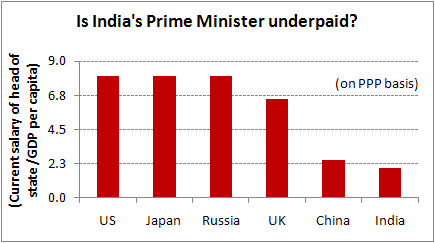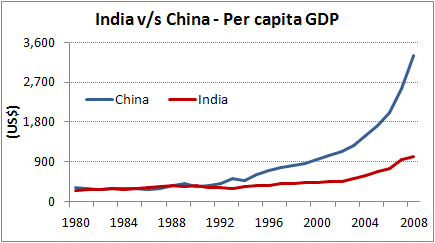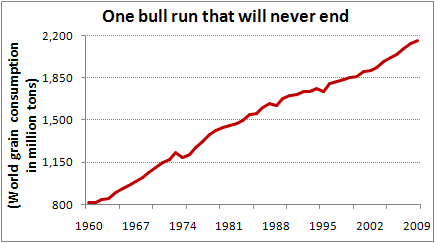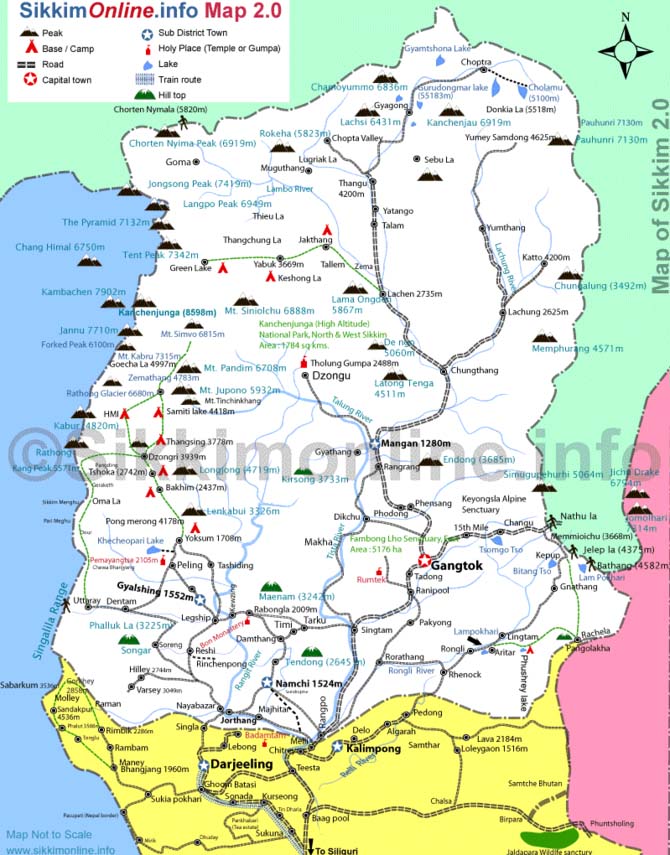Instead of crying over the amazing pace of development of Chinese territories across our borders, ask Chinese companies to come forward and invest in our border roads.
The latest contribution to the discourse on China comes from Jaswant Singh, former External Affairs and Finance Minister. His opinion piece in the American media enjoins our strategic community's current discourse on the power dynamics in Asia. He is convinced that India has a “great game” on its hands and seems to imply that the outcome of this game will critically depend on its military prowess and its strategic alliance with the United States, whereas expanding Sino-Indian economic cooperation ultimately becomes inconsequential. Mr. Singh has articulated these views at an interesting point in the U.S.-India strategic partnership. To be sure, President Barack Obama's forthcoming visit to India gives them a sense of immediacy.
However, is there a great game in our region, and if so, is it as one-dimensional as Mr. Singh suggests? He says: “Rudyard Kipling's old ‘Great Game' now has new contestants. Instead of an expansionist Russian empire confronting Imperial Britain, it is now China hungry for land, water, and raw materials that is flexing its muscles, encroaching on Himalayan redoubts and directly challenging India.”
It may seem an esoteric historical detail in current polemics, but thanks to able historiography in the West, we now know that Imperial Britain exaggerated the “perception of threat” from Czarist Russia with the purpose of expanding its own influence in India and in the regions to the southwest in a wide arc that stretches from Cairo to China's Xinjiang — Greater Middle East. There is a spellbinding book by David Fromkin, A Peace to End All Peace, which Jawaharlal Nehru would have acquired for our Parliament library had been alive today. Unlike Kipling's fiction, Fromkin provides calm, meticulously researched conclusions on Imperial Britain's strategy leading to the great Middle East settlement of 1921 — and the immense vistas of decades of history that provided its backdrop.
What makes Fromkin's world of yesterday absolutely fascinating is that the world of today bears striking similarities. Then too, as the decline of the Ottoman Empire began accelerating, there was a furious struggle for geopolitical space (and resources) among the established and emerging powers in Europe. There were great anxieties as a revolution was erupting with an obscure ideology amid convulsions of social unrest that were threatening to breach the dam in the established powers and which had no easy solutions.
The great game today, too, is a pantomime. The U.S. moves into Middle Asia to get embedded in a region which it historically never accessed — and couldn't access so long as the Soviet Union existed. These U.S. moves are, like Kipling's fiction, easy to dissimulate but the geo-strategic thrust is barely disguised: get embedded in a region that holds multitrillion dollars worth of mineral resources, and which overlooks 4 nuclear powers (potentially 5), three of which are emerging powers that may at some point, inevitably, see the raison d'etre of getting together in a post-Bretton Woods world order. Mr. Singh loses the plot.
He asserts: “The Chinese urge is to break from the confines of their country's history, and thus China's own geography. An assertive and relatively stable China, it seems, must expand, lest pent-up internal pressures tear it apart.” This is taking a walk fearlessly into terrains where Sinologists fear to tread. The point is China is a neighbour and even if a neighbour is not tailor-made for us, we have to live with it. And that can commence only by knowing our neighbour without pride and prejudice. The well-known American historian and author, Jeffrey Wasserstrom (who edits The Journal of Asian Studies), also happened to amble across these tricky terrains last week. Whereas Mr. Singh is self-confident, Prof. Wasserstrom is unsure about the great ambivalences in the Chinese story. I need to quote him at some length:
“One way to interpret China' elevated rhetoric … is as another indication that Chinese leaders have grown supremely self-confident and are eager to throw their weight around. The reality, though, is more complex … words and deeds are often shaped by a mixture of insecurity and cockiness … Of course, there are moments when China's leaders do seem like people who know that they are succeeding and want others to acknowledge it.
“And yet, when news broke last month that China had officially replaced Japan as the world's second-largest economy, instead of crowing about surpassing a long-time rival and having the top spot, held by the U.S. in its sights, the government issued statements emphasising that theirs remains a “poor, developing” country… Why, then, do China's rulers continue to backslide into doubt and fear, why do they seek to avoid having China labelled a superpower?
“China really is still a “poor” country in terms of per capita income. And parts of the country are more similar to sections of troubled “developing” countries than to China's showplace cities … Outsiders are increasingly convinced that China is a superpower, and that it needs to show that it can be a responsible one. But China's rulers only sometimes embrace the designation — and the [Chinese Communist] Party still sometimes behaves as if it had only a tenuous hold on power.”
Of course, it is an extraordinary intellectual challenge facing Indians to comprehend China. To compound it, we base opinions on dogmas and beliefs. Don't trade and investment constitute “constructive engagement” and become “CBMs”? There is a Chinese proposal today that they desire to build nuclear power plants in India — yes, maybe even bigger than the ones in Pakistan — having been India's “strategic partner” historically in the nuclear field. Somehow, our gurus are missing out on the quintessence of history and diplomacy, something our Chief Ministers in Karnataka and Gujarat who frequent China seem to grasp better — that good politics is about creating wealth.
If we are savvy, instead of sitting on the ground and crying about the amazing pace of development of Chinese territories across our borders, ask Chinese companies to come forward and invest in our border roads, too. According to Kamal Nath, China is prepared to increase threefold its present investments in our infrastructure sector. Why can't China build a world-class container terminal near Thiruvananthapuram so that we won't end up depending on the Colombo port, which China is expanding? The Sri Lankans seem to anticipate better the acute infrastructural problems of the Indian economy as it moves into a dazzling trajectory of growth.
The recent U.S. Senate testimony by Treasury Secretary Timothy Geithner on China following his consultations with the Chinese leadership, including President Hu Jintao, provides a fascinating essay in realpolitik. Mr. Geithner said: “We [U.S.] have very significant economic interests in our relationship with China… [China's] efforts to encourage growth led by domestic demand ultimately mean more demand for American goods and services… [U.S. investment] in China provides a major channel through which U.S. exports flow, and as a result contributes to creating jobs here at home at our exporting firms … China has a very substantial economic stake in access to the U.S. market … And we have a very strong interest … in the Chinese market, so that U.S. businesses and U.S. workers do not face unfair trading practices. I want to be clear: a strong and growing China benefits the United States.”
Mr. Geithner, a personal friend of Mr. Obama, is pondering how China makes butter and how they can make butter together. There can be differences of opinion over what should be our appropriate and principled response to the Chinese way of making butter. Yet, today, there is so much for Indians to know: how, for a start, China is beginning to climb from low-end assembly lines and sweatshops to green technology and wind turbines and solar panels and electric cars. As Orville Schell, director of Asia Society's Centre on U.S.-China Relations, put it recently: “The first priority is to get our own house in order, so we're not filled with so much anxiety that is easily transferred on to the rise of another country.”
The pity is, just the wrong people could exploit Mr. Singh's plain thesis: middlemen for American arms manufacturers. India has a need to modernise its armed forces for meeting the new security challenges and “asymmetrical” wars that we may (or may not) fight. But we don't want to be hustled into things. Look at the contemporary politics of power. Saudi Arabia is embarking on a $60-billion dollar arms deal with the U.S.
The Obama administration admits that the deal will generate thousands of new jobs in America.
In the run-up to the arms deal, the arms manufacturers and their middlemen whipped up nerve-wracking xenophobia regarding a growing “Iranian threat.” Meanwhile, the U.S. is inching towards normalisation with Iran. China is a serious challenge to the U.S. and the challenge is increasingly how to tap into China's growth. Mr. Obama's ultimate focus is on butter, how to make more butter in America — with the Chinese brought into that enterprise.
(The writer is a former diplomat.)
source: The Hindu


